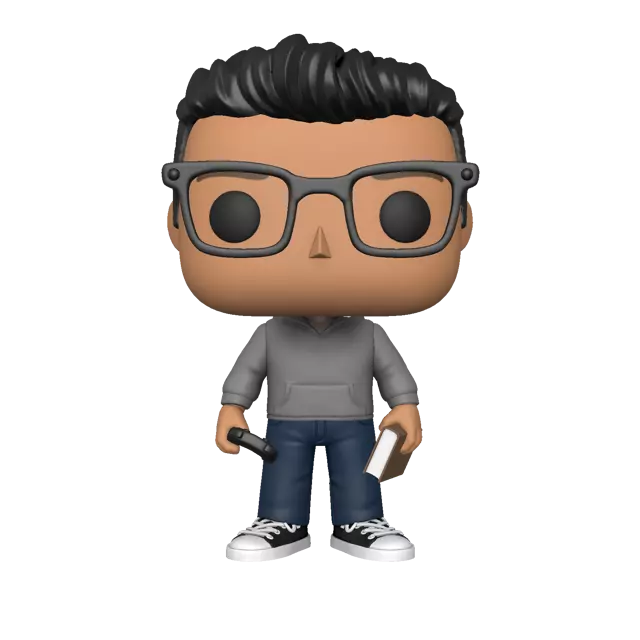Sumerian cuneiform, Egyptian hieroglyphics, manuscripts in Aramaic, Arabic, and Hebrew, the illuminated Christian Gospels, the Talmud, the Koran—with these forms and collections of writing came the expectation that a person would read them out loud and would, in a manner of speaking, conjure their reality. In his book A History of Reading, Alberto Manguel points out that Aramaic and Hebrew, the “primordial” languages of the Bible, draw no distinction between reading and speaking. The same word stands for both. Buddhism and Hinduism also give an exalted place to the spoken word.
The opening words of The Odyssey—“Sing in me, Muse, and through me tell the story”—make this clear: The storyteller is acknowledging at the start that the tale he tells is not his own, and that he hopes for divine assistance in telling it well.
I think it is pretty interesting that people engaged with reading this way. The author of this article notes that it becomes a living story. This also had the benefit of reaching persons that could not read. I wonder if the content was remembered more vividly through both seeing and hearing the words.

Reading out loud was in general a common pass time until recently as well. In an age without cellphones or TVs, people played games, musical instruments and read to each other to pass the time. Even after the invention of the press, books had to be payed and for everyone to enjoy them, reading out loud was a time efficient way.
Famously, Mary Shelley’s Frankenstein’s was inspired and written after the author had spend several evenings of unusually bad summer weather on the Swiss mountains with friends. Reading, talking and reciting poetry with and to each other. Impressed by some Gothic horror tales, they challenged themselves to write their own. Only Mary finished the task.